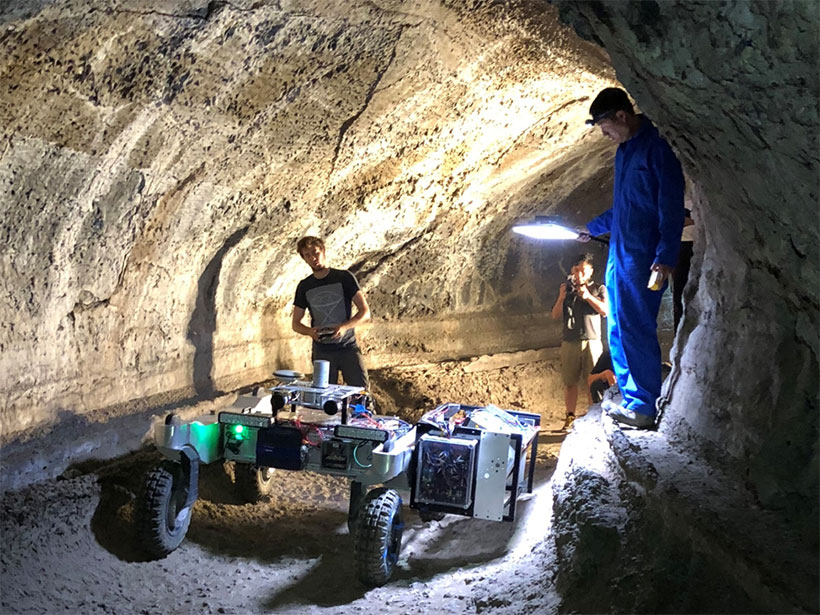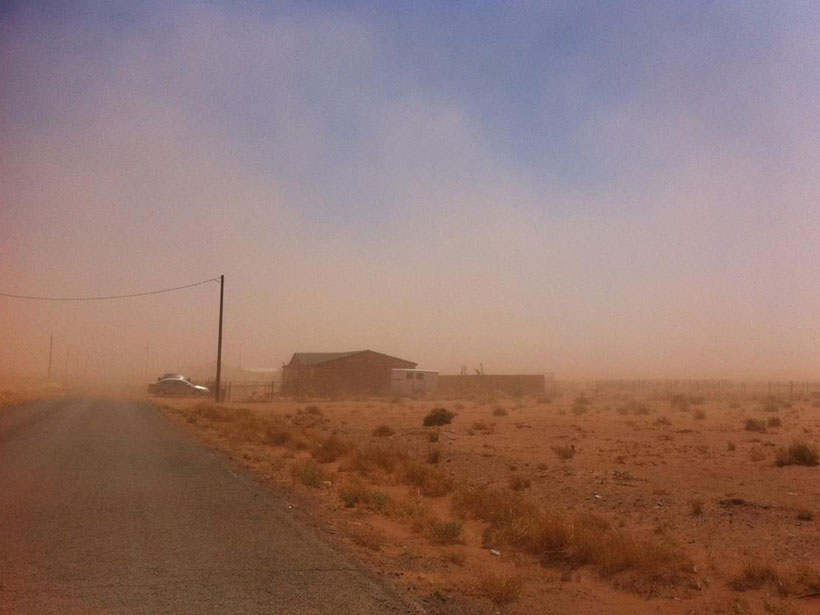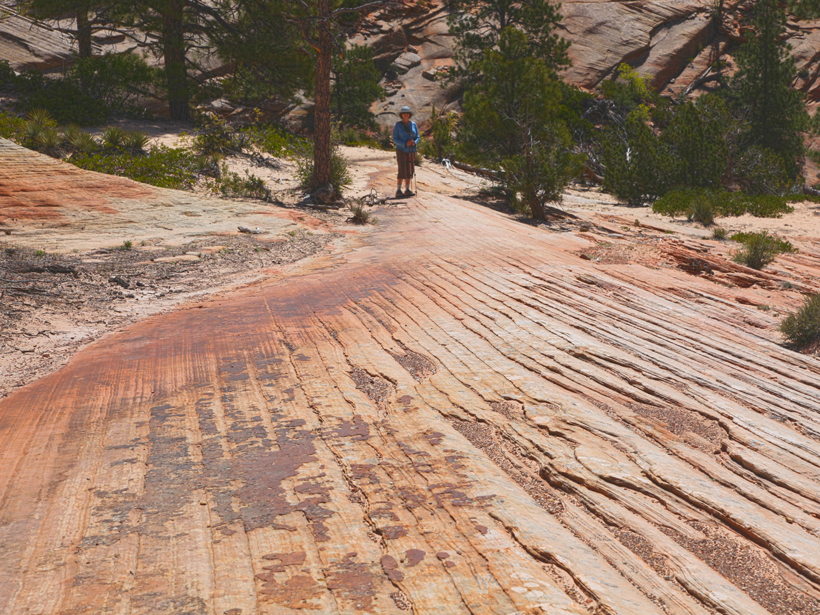Scientists are coming up with ingenious ways to compare terrestrial sand dunes, dust storms, and rain with their counterparts on Mars and Titan.
Timothy Titus
Planetary Dunes Tell of Otherworldly Winds
On Earth and throughout our solar system, ripples and dunes in sand and dust offer insights into how winds blow, liquid currents flow, and solid particles fly and bounce over the terrain.
Planetary Cave Exploration Progresses
Terrestrial caves offer scientific and engineering insights and serve as testing grounds for future forays by humans and robots into caves on other worlds.
Better Approaches to Managing Drought in the American Southwest
USGS Southwest Region 2018 Science Exchange Workshop: Drought Science; Fort Collins, Colorado, 25–27 September 2018
Planetary Dune Workshop Expands to Include Subaqueous Processes
The Fifth International Planetary Dunes Workshop: From the Bottom of the Oceans to the Outer Limits of the Solar System; St. George, Utah, 16–19 May 2017
Planetary Caves' Role in Astronaut Bases and the Search for Life
2nd International Planetary Caves Conference; Flagstaff, Arizona, 20–23 October 2015
The Importance of Dunes on a Variety of Planetary Surfaces
The Fourth International Planetary Dunes Workshop: Integrating Models, Remote Sensing, and Field Data; Boise, Idaho, 19–22 May 2015







